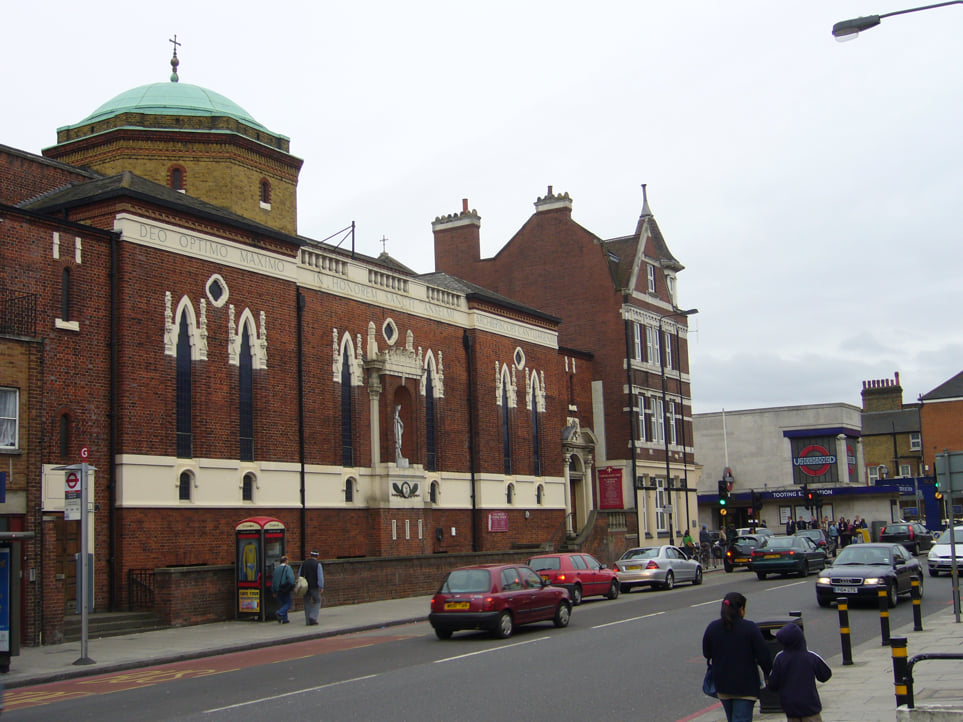
Wandsworth Tooting Bec Change of Use: What Property Owners Need to Know
Property in Wandsworth, especially around Tooting Bec, has been undergoing significant shifts in its use patterns. Whether it’s residential, commercial, or mixed-use, local property owners and investors are paying close attention to planning regulations and potential conversions. Changes of use can transform a property’s function, value, and rental potential, but navigating the process requires careful planning and compliance with local council rules.
In Tooting Bec, a bustling area with growing demand for housing and retail spaces, change of use applications are becoming increasingly common. Property owners aim to adjust their properties to meet market demand, adapt to lifestyle trends, or increase income potential.
This blog will guide you through the essentials of change of use in this part of Wandsworth, highlighting what property owners must consider, the steps to take, and the implications for investment or occupancy.
Key Takeaways
- Change of use transforms the function and value of properties in Tooting Bec.
- Wandsworth Council governs all conversions, requiring planning applications or confirmation under permitted development.
- Residential and commercial demand drives many conversions.
- Property owners must consider infrastructure, heritage, and community impact.
- Professional advice, careful planning, and compliance with regulations increase the chances of successful approval.
What is Change of Use?
A change of use occurs when a property shifts from one category to another under the town planning system. For instance, a property might switch from a retail shop (Class E) to a residential flat (Class C3), or from an office space to a restaurant. In Wandsworth, the local council classifies properties under specific categories, and any proposed change may require approval. Not all changes require formal permission, but most need either a planning application or confirmation under permitted development rights.
Why Property Owners Consider Change of Use in Tooting Bec
Several factors motivate property owners to apply for a change of use:
-
Housing Demand: Tooting Bec has a strong need for residential properties due to population growth and proximity to central London. Transforming commercial properties into homes can provide a profitable response to local demand.
-
Retail Market Shifts: With the rise of e-commerce, traditional retail units often struggle. Changing use to offices, cafes, or residential units can restore viability.
-
Commercial Opportunities: Small offices, co-working spaces, and studios can benefit from flexible planning permissions, allowing property owners to adapt quickly to market trends.
-
Investment Potential: Converting properties can increase their rental value or resale price, making change of use an appealing strategy for investors.
-
Lifestyle and Community Needs: Changes that add residential or community spaces support local development, making Tooting Bec a more vibrant neighbourhood.
The Application Process in Wandsworth
To legally change a property’s use, owners must work with the Wandsworth Council Planning Department. The process involves several steps:
1. Determine the Existing and Proposed Use
Check the current Use Class of your property. Common classes include:
- Class E: Commercial, business, and service use (shops, offices, restaurants)
- Class C3: Residential
- Class F: Local community uses (clinics, schools)
Then, identify the proposed new class. The council can confirm the classification if there’s any uncertainty.
2. Check Permitted Development Rights
Some changes of use are allowed without a full planning application, under permitted development. For example, converting offices to residential units often falls under these rights, though conditions such as building size, fire safety, and amenities apply. Checking eligibility early saves time and prevents costly mistakes.
3. Submit a Planning Application
If the change falls outside permitted development, submit a planning application with details of the proposed works. Include floor plans, elevations, and a design and access statement. Wandsworth Council reviews applications based on factors like neighbourhood impact, traffic, parking, and safety.
4. Consult Neighbours and Stakeholders
Council procedures often require consultation with local residents and businesses. Feedback can influence decision-making, especially for changes affecting traffic, noise, or community services.
5. Await Approval or Refusal
The council evaluates applications, sometimes requesting modifications. Approval may include conditions such as maintaining certain features, meeting energy efficiency standards, or limiting specific activities.
6. Complete the Conversion
Once approved, implement the changes according to the plan. Ensure all building regulations and safety standards are met. Non-compliance can result in enforcement actions, fines, or mandatory reversal.
Common Challenges in Tooting Bec
While the process may seem straightforward, property owners face specific challenges:
- Heritage Constraints: Some properties fall within conservation areas or listed buildings, which can restrict modifications.
- Infrastructure Limitations: Older buildings may require significant upgrades to support residential use.
- Neighbour Objections: Community resistance can delay or alter applications.
- Financial Costs: Conversion work, professional fees, and planning charges can add up.
- Market Uncertainty: Shifts in demand may affect projected returns on investment.
Benefits of Change of Use
When executed correctly, change of use can deliver multiple benefits:
- Increased Property Value: Residential conversions, in particular, can raise property value.
- Higher Rental Income: Flexible commercial or residential use allows property owners to target lucrative tenants.
- Adaptation to Market Needs: By adjusting property functions, owners stay relevant and competitive.
- Enhanced Community Appeal: Converting underused spaces to homes or amenities strengthens local neighborhoods.
- Flexibility for Future Use: Properties with planning approval for multiple uses offer more options down the line.
Strategic Tips for Property Owners
-
Engage a Planning Consultant: Professionals help navigate regulations and improve the likelihood of approval.
-
Consider Long-Term Market Trends: Analyze whether the proposed use aligns with local demand projections.
-
Factor in Costs Early: Include construction, permits, and consultancy fees in your budget.
-
Assess Environmental and Safety Requirements: Fire safety, accessibility, and energy standards are critical for council approval.
-
Maintain Good Relations with Neighbours: Early communication can prevent objections and delays.
Local Insights: Tooting Bec
Tooting Bec combines residential streets, commercial hubs, and green spaces like Tooting Bec Common. Its transport links, schools, and amenities make it highly desirable for both residents and businesses. Local council policies often favour residential developments to meet housing targets, but they balance this with preserving the character of the area. Owners considering change of use should monitor local plans, public consultations, and any updates to permitted development rights.
FAQs
Do I always need planning permission for a change of use in Tooting Bec?
Not always. Some changes qualify under permitted development rights. You should confirm with Wandsworth Council before starting work.
How long does it take to get approval?
Approval typically takes 8 to 12 weeks, though complex applications or objections can extend the timeline.
Can I convert a shop into a residential unit?
Yes, many retail-to-residential conversions occur under permitted development rights, subject to building regulations and size limits.
Will my neighbours be consulted?
Yes, the council usually notifies nearby properties, and their feedback may influence the decision.
What costs are involved in a change of use?
Costs include planning fees, consultant fees, construction or renovation expenses, and sometimes additional contributions for infrastructure or community needs.




